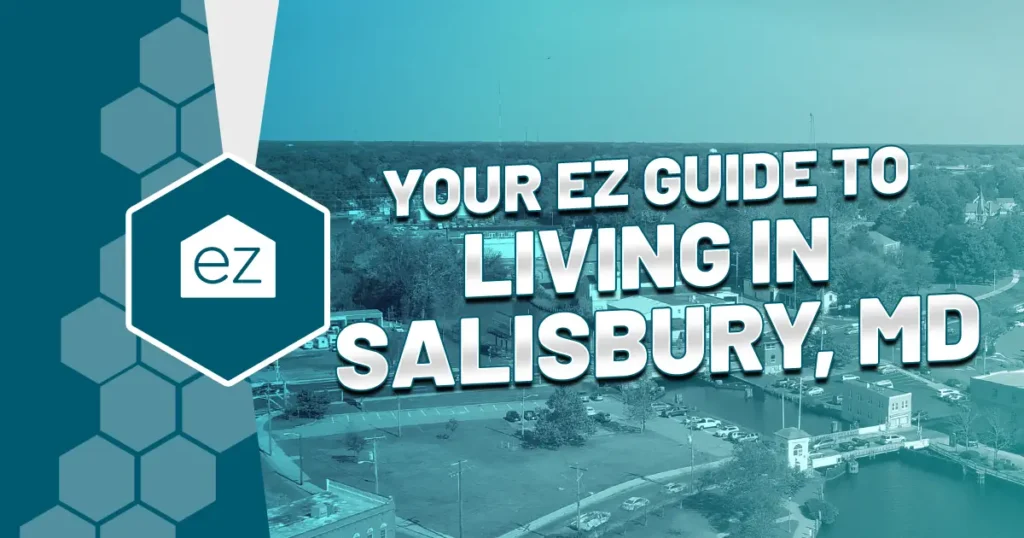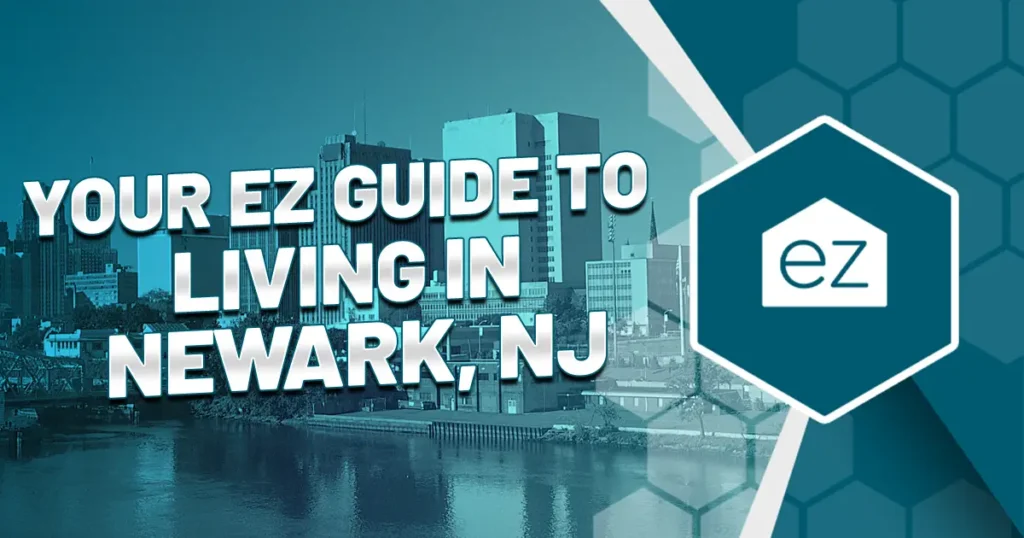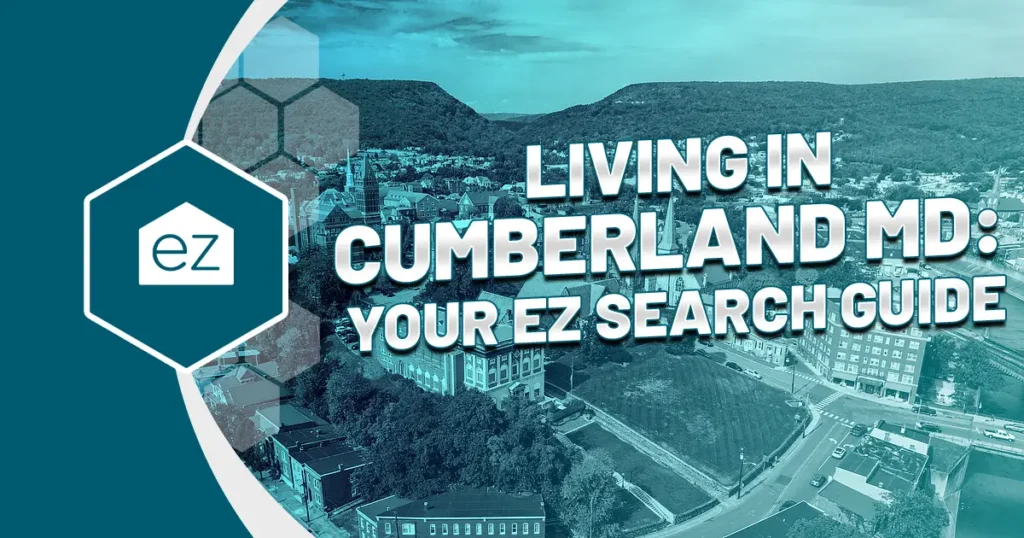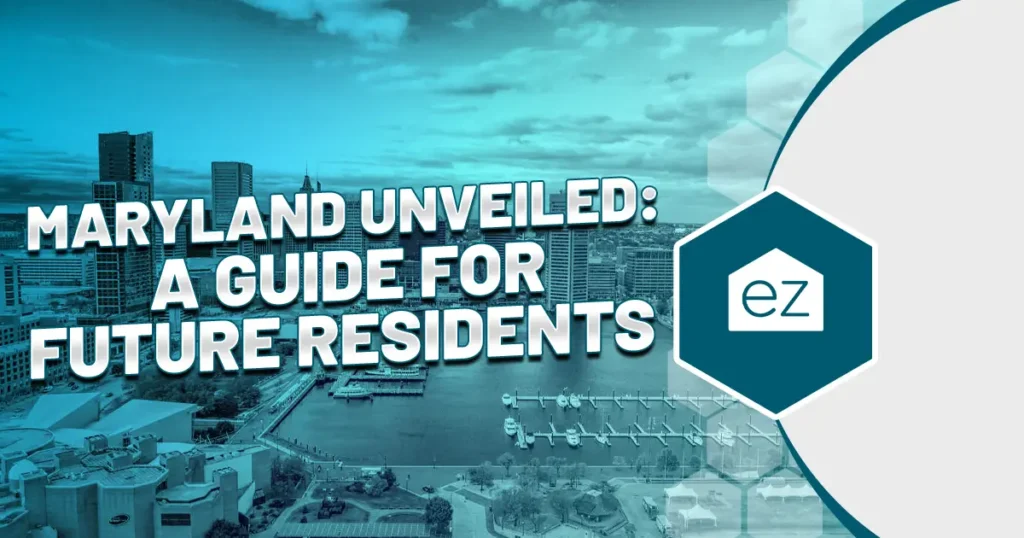Washington DC Living: Your Guide For Making DC Your Home
The nation’s heart is more than the political center and a significant tourist landmark. Washington, DC, is a lively city with a unique culture. Its residents are passionate about their home because the city is dynamic and crucial to America. Living in the District of Columbia places you so close to many things to do, but it has highs and lows. Whether you’re considering a move, planning to buy property, or just settling in, this guide lays out the essential aspects of living in Washington, DC.
Cost of Living: Navigating the Highs and Lows
Washington, D.C., is known for its high cost of living. California’s cities dominate lists of the nation’s most expensive, but you’ll find DC breaks into the top 20 in many evaluators, like the US News and World Report.
Housing drives up DC’s cost of living. Being an urban metropolitan center with limited borders, zero room for expansion, and a strict “air rights” policy, it’s as built out as it can get. That doesn’t lessen the demand to live closer to many people’s workplaces. The result? The city’s real estate market is competitive, with costs significantly higher in neighborhoods close to the city center. Rental prices are among the highest in the nation.
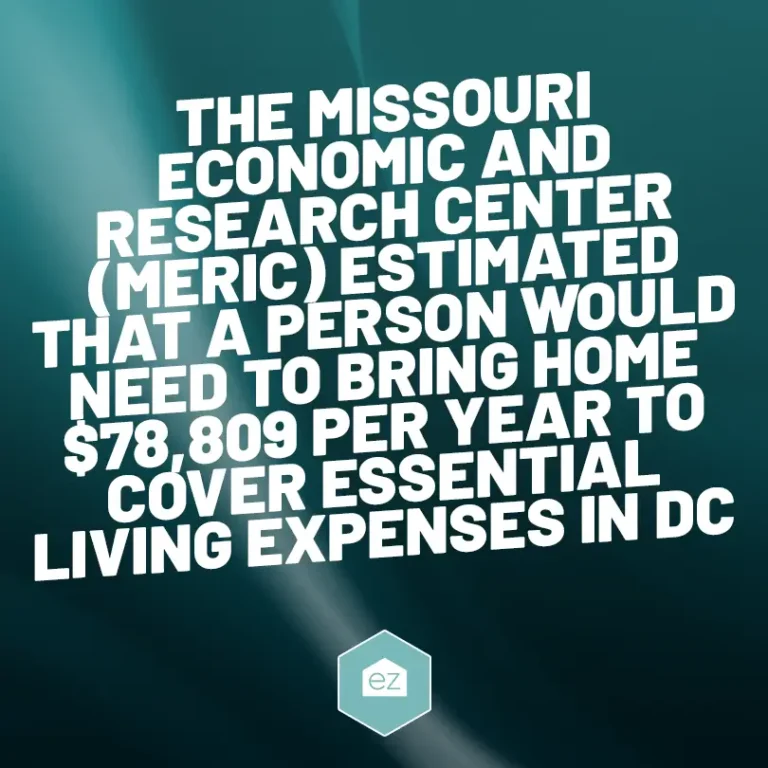
Food costs also run more, and that’s not including dining out. That’s just running to the store to buy essential items. In 2022, DC’s grocery bills ran 9% above average.
On the bright side, utility costs are fairly average for major US cities. In 2021, the average monthly utility costs ran $334, which included gas, electricity, water, internet, and sewer.
The public transit system is another perk. The well-connected Metro and bus services mean owning a car may not be necessary for those living within city limits. That’s good because DC traffic is notoriously bad, and parking is expensive.
That said, DC does have lucrative job opportunities and a strong economy.
Finding a Home In DC
DC is a network of neighborhoods, each with a distinct yet historic character. You could have views of the Potomac, live in a district packed with music venues and art galleries, or be blocks from the Nation’s capital.
In January 2024, housing prices were at a median sold price of $591,000, but the market’s listings ranged from $11,500 to $32 million. That placed it about 132% above the national average for median home costs.
A few neighborhoods to give you a sense of how diverse DC living is:
- Adams Morgan: known as a nightlife hotspot, this neighborhood relishes in its diversity and creative spirit
- U Street: the heart of Jazz in DC celebrates its roots as an African American community
- Georgetown: Not just a university district, Georgetown’s brownstones hide charming side streets and alleyways
- Capitol Hill: A politically-charged atmosphere where historic row houses meet the epicenter of American democracy.
- Dupont Circle: A cosmopolitan quarter renowned for its cultured rows of embassies, bustling cafes, and historic mansions
- Foggy Bottom: Home to George Washington University and many federal offices, it blends youthful energy and serious business.
- Shaw: An area steeped in African-American history where modern developments mesh with cultural landmarks.
- Navy Yard: A rapidly developing riverside community featuring trendy eateries, parks, and waterfront views.
Education: A City with Academic Excellence
Public Education
The District’s public school system has undergone significant educational reforms. But it’s a complex system, with over 60 school districts inside the DCPS, public school choices through open enrollment, and the lottery system. Its spending on students is one of the highest per capita in the nation, at $22,538, and it has one of the best student-teacher ratios.
However, on the whole, DCPS still ranks below average, has high dropout rates, and low test scores despite all the growth it has achieved. Parents can still find high-performing schools in DC; finding the right one for your child’s needs will require research. Among these top performers is the renowned School Without Walls, a public magnet high school, McKinley Technology High School, a STEM-focused school, and Benjamin Bennarker Academy High, a rigorous college prep school.
Private Education
For those who prefer private education, D.C. has several highly regarded private schools catering to various educational needs. Among the most well-known are Sidwell Friends School, where Presidents’ children have attended, St. Albans School, and Georgetown Day School.
Higher education
Several prestigious educational institutions also call DC home. Among them are:
- George Washington University is a highly competitive private school where top degrees are social sciences, health-related, or business-related
- Howard University is a historically black university (HBCU) with an excellent reputation for its medical school, law school, and business school
- American University is a top-ranked private university known for its international relations program
- Georgetown University is one of the most well-known and respected private universities in the nation, with a strong focus on law, medicine, and international affairs
- The Catholic University of America is a pontifical university with top programs in theology and philosophy
Healthcare Access: Quality Care at Your Fingertips
With nationally-ranked hospitals like MedStar Georgetown University Hospital and MedStar Washington Hospital Center, D.C. residents enjoy access to top-quality healthcare. MedStar ranks nationally for its cardiology and has three other high-performing designations. George Washington University Hospital is a teaching facility, so there may be access to cutting-edge care.
Besides these, the DC metro has 60 additional major healthcare facilities. Plenty of specialists in the city provide care for residents with specific health needs.
DC Healthy Families provides free healthcare to residents who meet its income and citizenship status thresholds to expand healthcare access.
Getting Around the City: Understanding the Transport Network
Public transport
The Washington Metropolitan Area Transit Authority (WMATA) operates the city’s Metro. It’s an extensive network of rail and bus lines for comprehensive citywide travel. In fact, DC’s public transportation system ranks as one of the best in the nation in terms of how accessible it is for its residents.
On nice days, you may not want to ride the bus. DC has made strides in cycling accessibility, with over 70 miles of bike lanes, Capital Bikeshare stations, and scenic paths along the Potomac River. Why not get out and see the sights on your way to work or running errands?
Plus, DC is a pedestrian-friendly city. Many neighborhoods have sidewalks and footpaths for walking safely. The downside to all this public transit and walkability is the tourists. The closer you are to the Mall or historic sights, the more people have yet to learn where they’re going. It’s a fact of DC life.
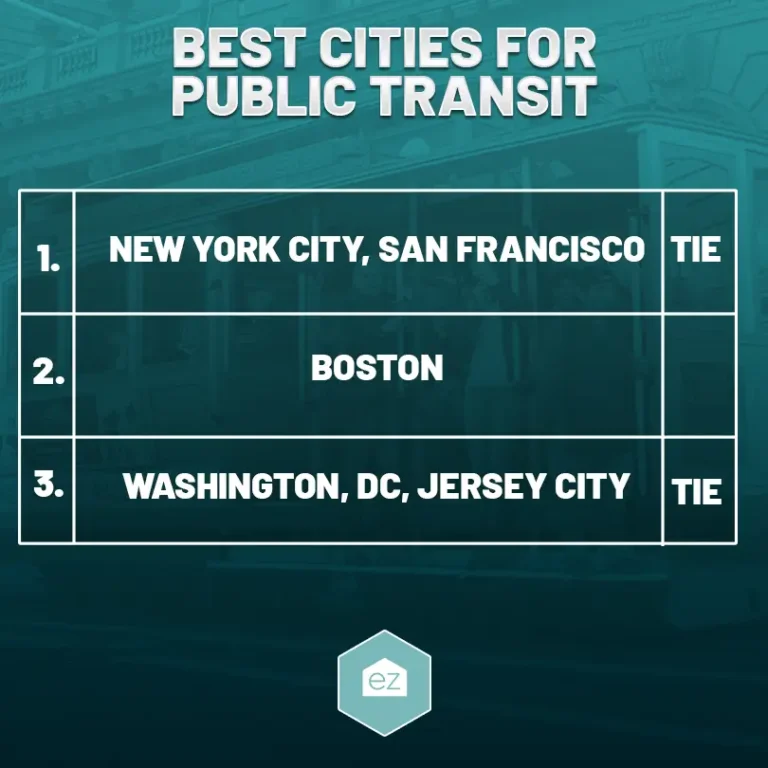
But what if you want to drive?
Driving DC
Commuting is a huge part of the DC lifestyle. The District may squeeze in around 600,000 residents, but even more flock to work from the surrounding suburbs daily. It adds 70% to its population each workday by one estimate. It makes driving and finding parking a real challenge. DC ranks as the 8th most congested city.
The dense urban network that makes DC so metro-friendly has the opposite impact on car travel. DC is one of the worst cities for traffic congestion, ranking no. 8 as of 2022. Commuters lost an average of 83 hours lost to traffic delays that year.
New residents can struggle with the city’s layout, as the streets crisscross, run into roundabouts, and share common names with states and cities. DC is laid out in a quadrant with Lincoln Park as the midpoint. From there, the cardinal directions on the street signs matter. So yes, “NE 5th Avenue” is in a very different part of town from “SE 5th Avenue.”
Then there’s the “Beltway,” or 495. People in the metro either live “Inside the Beltway,” aka DC, or outside in the ‘burbs.
Safety and Crime: Making Informed Decisions
D.C. has seen a decline in overall crime rates in recent years, with efforts focused on reducing violent crimes. However, given its size and population density, it does rank as one of the least safe cities, with a crime rate of 43 per 1,000 residents. Neighborhood Scout places its total crime index at 4, with 100 being the safest.
By the Metropolitan Police’s own tracking measures, all crime was up 26% from 2022 to 2023. Of particular recent concern is the uptick in violent crimes, with homicide increasing to become the fifth-highest in the nation.
Use the police’s crime tracker to see the crime rates in the neighborhoods you’re considering. Rates vary across the District.
Brunch Culture: Sunday Funday in D.C.
Brunch isn’t just a meal in D.C.; it’s a cultural tradition. The city’s dining scene dives into bottomless mimosas to creative takes on traditional brunch fare. Dupont Circle, Adams Morgan, and the U Street Corridor are known for their brunch scenes. No one is sure how the brunch tradition started–maybe from the lack of nightlife–but it’s definitely a thing when you live in DC.

Tourists: Embracing the D.C. Experience
With its rich history and status as the nation’s capital, D.C. attracts millions of tourists annually. Visitors are an integral part of the city’s fabric, and by choosing to live right in the heart of the capital, you’re also choosing to live with them.
Historical landmarks, government buildings, museums, and monuments surround many local neighborhoods. It’s part of the charm of embracing the unique D.C. experience daily. You can walk to the free museums–but so can the out-of-state or international visitors. It also means dealing with the ones who don’t know how to stand to the right on escalators and moving walkways.
Along with those tourists, you’ll see many activists and protestors. Get aware of the marches, sit-ins, and events as these change up the flow of traffic around town. Major national holidays also bring in more visitor traffic–that is, July Fourth, Memorial Day, and Presidential inaugurations.
Culture: A Hub of Diversity and History
DC is more than just the nation’s capital; it is also a cultural hub. The city’s residents hail from all over the world, making it a melting pot of cultures and experiences. The city’s impressive array of museums, art galleries, and cultural events is among the best in the nation. That’s no exaggeration, as it has the largest collection of free museums along the Washington Mall.
From the National Mall to the Kennedy Center for Performing Arts, there is always something to see or do in DC. And if you can’t find what you’re looking for within the city limits, both Baltimore and Philadelphia are within a two-hour drive, offering even more cultural experiences for you to explore.
Some people think DC goes to sleep when the government workers leave. You have to know where to look for its nightlife scene. Then, you’ll discover the bars of Penn Quarter and live music venues down the waterfront. And with restaurants ranging from fine dining to food trucks, you’ll always have options for a night on the town.
Parks: Finding the Green Spaces
Don’t think DC is all concrete jungle. You’ll find ways to enjoy beautiful spring and autumn days with nothing to do with the National Mall. Sure, the cherry blossom season is neat, but sometimes you want to be immersed in a more tranquil, forest-like setting.
The iconic Rock Creek Park, which runs through the heart of DC, offers over 1,700 acres of green space for hiking, biking, and outdoor activities. Other notable parks include Meridian Hill Park, Dumbarton Oaks Park, and The National Arboretum. And if you’re up for some adventure outside the city limits, the Great Falls Park is just a short drive away.
Living in DC
Whether you’re spending just a few years or planning to call D.C. home for the long term, the city’s unique blend of opportunities, culture, and history makes it a place like no other. Use this guide as your starting point to explore the different facets of living in the District of Columbia and begin your journey to making it yours.
Start Your Home Search
Preston Guyton
Share this Post
Related Articles
Living In
Your EZ Guide to Living In Salisbury, MD
Living In
